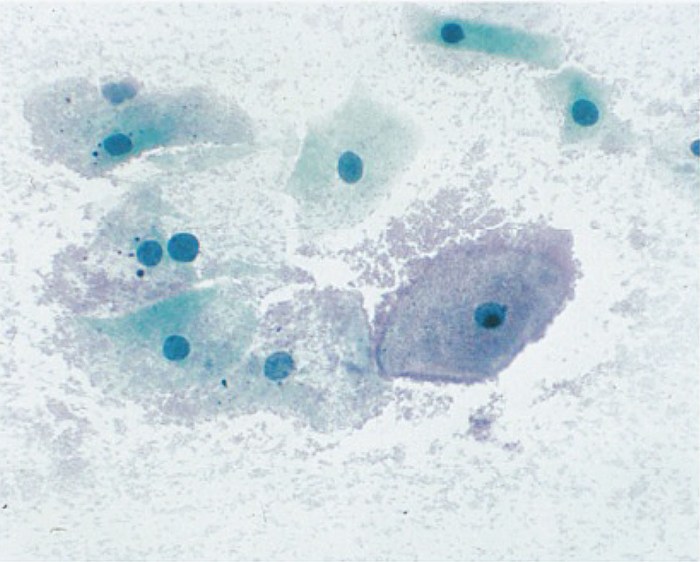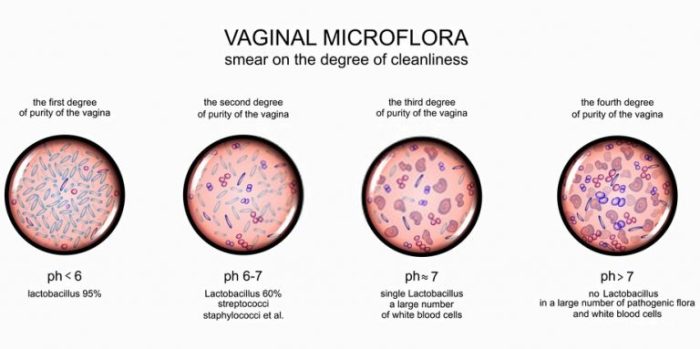What is predominance of coccobacilli consistent with shift in flora? As this question takes center stage, we embark on a journey to unravel the significance of coccobacilli in the human flora, explore the potential causes and implications of a shift in their predominance, and delve into the diagnostic considerations surrounding this phenomenon.
Brace yourself for an in-depth exploration that promises to illuminate the complexities of this topic.
Coccobacilli, enigmatic microorganisms that occupy a unique niche in the human flora, have garnered significant attention due to their potential role in shaping the health and well-being of individuals. Understanding the implications of a predominance of coccobacilli, particularly in the context of a shift in flora, is crucial for healthcare professionals seeking to provide optimal patient care.
Predominance of Coccobacilli

Coccobacilli are a type of bacteria that are shaped like small rods or ovals. They are found in the normal flora of the human body, but their predominance can be a sign of a shift in the balance of the flora.
This shift can be caused by a variety of factors, including antibiotic use, changes in diet, and underlying medical conditions.
- Significance of Coccobacilli in the Human Flora:Coccobacilli are part of the normal human flora and play a role in the body’s immune system. They help to protect against infection by producing antimicrobial substances and competing with harmful bacteria for resources.
- Potential Causes of a Shift in the Predominance of Coccobacilli:A shift in the predominance of coccobacilli can be caused by several factors, including:
- Antibiotic use: Antibiotics can kill off both good and bad bacteria, leading to a disruption in the balance of the flora and a predominance of coccobacilli.
- Changes in diet: A diet high in processed foods and low in fiber can promote the growth of coccobacilli.
- Underlying medical conditions: Certain medical conditions, such as inflammatory bowel disease and diabetes, can also lead to a shift in the predominance of coccobacilli.
- Examples of Conditions or Factors That Can Lead to a Predominance of Coccobacilli:
- Antibiotic-associated diarrhea
- Inflammatory bowel disease
- Diabetes
- Obesity
Shift in Flora
A shift in flora refers to a change in the composition of the normal microbial communities that reside in or on the human body. These communities are found on the skin, in the mouth, nose, and gastrointestinal tract, and they play a vital role in human health.
Normal Composition of the Human Flora
The normal human flora is composed of a diverse array of bacteria, viruses, fungi, and protozoa. The specific composition of the flora varies from person to person and is influenced by factors such as age, diet, and environment. However, certain core species are consistently found in the flora, and these species are responsible for maintaining the balance of the ecosystem.
Effects of a Shift in Flora, What is predominance of coccobacilli consistent with shift in flora
A shift in the composition of the flora can have a significant impact on human health. For example, a decrease in the abundance of beneficial bacteria can lead to an increase in the abundance of harmful bacteria, which can result in infection.
Additionally, a shift in the flora can affect the body’s ability to absorb nutrients and metabolize drugs.
Implications of Predominance of Coccobacilli

A predominance of coccobacilli in the flora can have several implications for the health of the individual.
- Impact on Diagnosis and Treatment of Infections:A predominance of coccobacilli can make it more difficult to diagnose and treat infections. This is because coccobacilli are often resistant to antibiotics, and they can also produce toxins that can damage the body’s cells.
- Reduced Efficacy of Antibiotics:A predominance of coccobacilli can reduce the efficacy of antibiotics. This is because coccobacilli are often resistant to antibiotics, and they can also produce enzymes that break down antibiotics.
Diagnostic Considerations: What Is Predominance Of Coccobacilli Consistent With Shift In Flora

The diagnosis of a predominance of coccobacilli in the flora is typically made based on laboratory testing. The most common test used to identify coccobacilli is a Gram stain. A Gram stain is a laboratory technique that uses a dye to differentiate between different types of bacteria.
Coccobacilli are Gram-negative bacteria, which means that they do not retain the Gram stain and appear pink or red under the microscope.In addition to a Gram stain, other laboratory tests that may be used to identify coccobacilli include:
- Culture:A culture is a laboratory test that grows bacteria in a controlled environment. Coccobacilli can be cultured on a variety of different media, and the results of the culture can help to identify the specific type of coccobacilli present.
- Molecular testing:Molecular testing is a laboratory test that uses DNA analysis to identify bacteria. Molecular testing can be used to identify coccobacilli even if they are not able to be cultured.
Questions and Answers
What are coccobacilli?
Coccobacilli are rod-shaped bacteria that are typically found in the human flora.
What is the significance of coccobacilli in the human flora?
Coccobacilli play a crucial role in maintaining the health and balance of the human flora. They produce antimicrobial substances that inhibit the growth of harmful bacteria and contribute to the overall immune function of the body.
What are the potential causes of a shift in the predominance of coccobacilli?
A shift in the predominance of coccobacilli can be caused by various factors, including antibiotic use, changes in diet, and underlying medical conditions.
What are the potential implications of a predominance of coccobacilli?
A predominance of coccobacilli can lead to an increased risk of infections, particularly in immunocompromised individuals. It can also affect the efficacy of antibiotics and complicate the diagnosis and treatment of infections.
How is the predominance of coccobacilli diagnosed?
The predominance of coccobacilli is typically diagnosed through laboratory testing, such as Gram staining and culture.